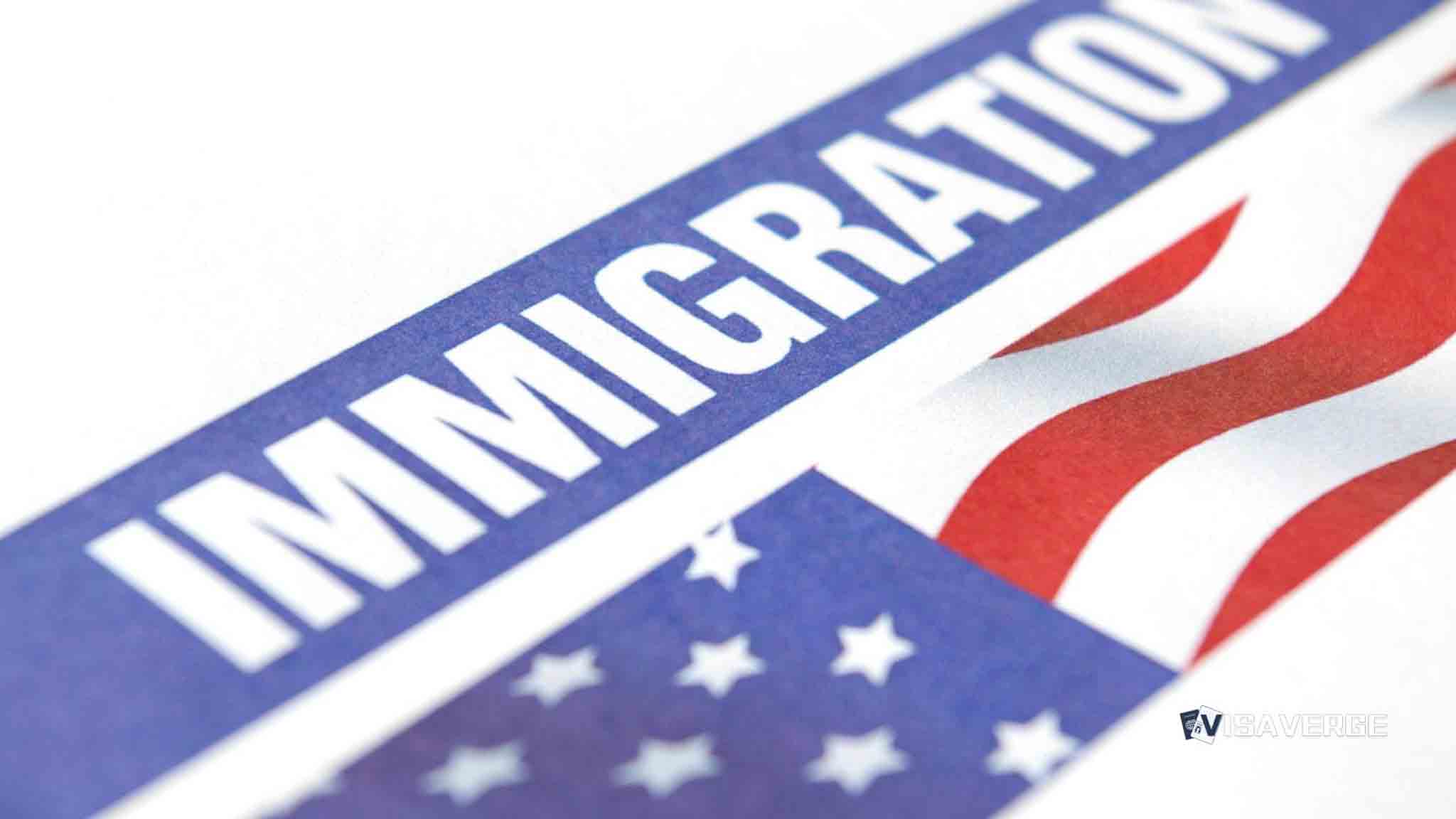Understanding the H-1B Visa 6 Years Limit
The H-1B visa is a non-immigrant visa that allows U.S. employers to employ foreign workers in specialty occupations that require theoretical or technical expertise. If you are an H-1B holder or are considering applying for this visa, it’s essential to understand how the six-year limit on your stay is calculated. This duration is a critical aspect of maintaining legal status within the United States, and knowing the ins and outs can help you plan your career and residency accordingly.

H-1B Visa Calculation: The Basics
The H-1B visa initially gets granted for a period of up to three years but can be extended. The maximum duration you can stay in the U.S. on an H-1B visa is generally six years. However, the calculation of these six years isn’t as straightforward as it may seem. It’s not solely based on the time you receive on your visa approval or the dates printed on your visa stamp. Instead, the six-year limit includes all the time you physically spend in the United States on H-1B status.
How Stay Duration on H-1B Is Counted
It’s a common question among H-1B holders whether time spent outside the U.S. counts toward the six-year limit. The answer is no. If you travel abroad for vacation or business, the time spent outside of the U.S. does not count against your allowed six years. These rules provide some flexibility for individuals who may need to leave the country temporarily. Here’s a breakdown of how this calculation works in practice:
- Initial Calculation: The six-year cap includes all the time you are in the United States under H-1B status, not the time you spend outside.
- Recapturing Time: If you have traveled abroad while on H-1B status, you can “recapture” that time. This means you can file for an extension to add the time you spent outside the U.S. back onto your H-1B visa, effectively extending your stay duration.
Documentation: To recapture time, you must provide evidence such as entry and exit stamps in your passport, plane tickets, and any other relevant documentation that proves when you were outside the U.S.
Exceptions and Extensions Beyond the 6-Year Limit
While the H-1B is capped at six years, there are some exceptions that allow for extensions beyond this limit:
- If you have a labor certification or I-140 petition filed 365 days before the six-year expiration, you may be eligible for yearly extensions until your green card process is complete.
- If you have an approved I-140, you could be eligible for three-year extensions beyond the six years.
It is vital to keep track of your travel and maintain detailed records of your entries and exits from the U.S. to ensure accurate calculation of your H-1B stay duration.
Real-Life Example of H-1B Visa Stay Duration Calculation
Let’s say John is an H-1B visa holder who has been in the U.S. for five years and four months. During this time, he also traveled outside the country for vacations totaling six months. John can extend his H-1B visa for the six months he was away, pushing his total H-1B duration to six years and ten months, instead of the typical six-year limit.
Staying Informed on H-1B Visa Policies
The regulations and policies regarding H-1B visas can change, so it’s crucial to stay up to date with the latest information provided by official sources such as the U.S. Citizenship and Immigration Services (USCIS). Consulting with an immigration attorney can also provide personalized guidance tailored to your unique situation.
In conclusion, while the H-1B visa 6 years limit may seem rigid, there is flexibility built into the system that can work to your advantage. By understanding the details behind the H-1B visa calculation, and carefully planning your stays and travel, you can maximize your time in the U.S. and navigate the immigration process with greater confidence. Whether you are just starting or nearing the end of your six-year term, being proactive about your visa duration can lead to a more successful and less stressful experience in the United States.
So there you have it, folks! The six-year limit on the H-1B visa may seem like a ticking time bomb, but don’t panic just yet. With some clever travel planning and a bit of paperwork, you can extend your stay beyond the traditional six years. Remember, keep track of your comings and goings, and always stay informed about the latest H-1B visa policies. For more on this topic and other fascinating visa tidbits, head over to visaverge.com and explore to your heart’s content. Happy visa navigating! 🚀
This Article in a Nutshell:
The H-1B visa allows U.S. employers to hire foreign workers in specialized occupations. The 6-year limit calculation includes time physically spent in the U.S. Time spent abroad doesn’t count against the limit, and can be added back by filing for an extension. Exceptions exist for green card process and approved I-140 cases. Stay informed on changes.












